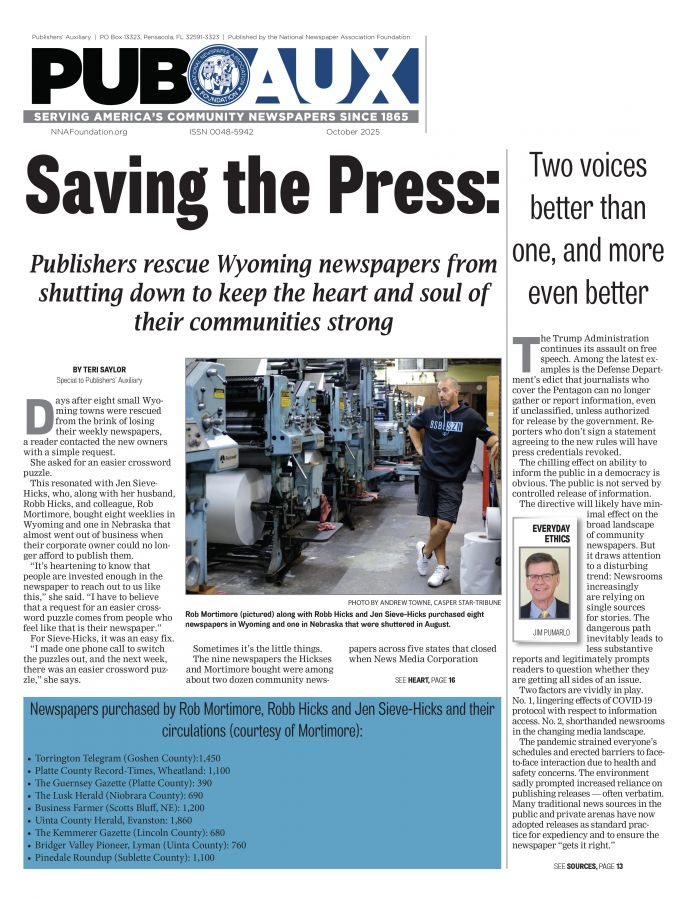Norwegian newspapers see circulation growth
Oct 16, 2017
Norway is a newspaper-loving country; its 5 million people sustain 227 newspapers, most of them local and regional. After years of steady decline in circulation and subscriber numbers, Norwegian newspapers finally seem to have turned the tide. The industry’s problems are not solved, not by far, but the introduction of digital subscriptions gives reason for optimism. In fact, 2016 was the first year in more than a decade without a worrying decline in the number of local newspaper subscribers, and 2017 is proving to be a year of industry growth.
2015 was a turning point for local Norwegian newspapers. This was the year where a wave of local papers launched digital subscription products and made digital an integral part of their strategy. In 2014, less than 60 of the country’s newspapers offered a digital, paid subscription. A year later, 124 newspapers had introduced digital subscriptions and various paywall models. The results were promising; in 2016, 40 percent of Norwegian newspapers showed subscription growth, and the industry went from more than a 5 percent total circulation decline in 2015 to just 1 percent in 2016. So far, 2017 numbers indicate even better results, and digital readership seems to be stable despite increasingly harder and tougher pay-regimes.
The largest local newspaper group, Amedia, has taken on the role of frontrunner. In 2015, the newspaper group introduced paid models for all of its 62 local newspapers. After a year, 48 Amedia newspapers reported circulation growth, some of them with impressive results. In total, the group reported a circulation growth of nearly 2 percent last year. For Amedia, the introduction of paid online subscription models is seen as critical for the survival of local quality journalism, and the group decided to share results, methods and models with the rest of the industry to help create a common model and quicken audience acceptance of online payments.
A typical example is how Nordlys, an Amedia-owned paper in Tromsø, invited its main competitor, ITromsø, to review Nordlys internal results and analysis after its first period of digital user payments. The initiative came with an ulterior motive—to convince the management team of their competitor to leave their free-to-read-online strategy. It paid off; today, both newspapers offer digital subscriptions.
Amedia approached the paradigm shift systematically. A number of different models were tested throughout the country, and the numbers were thoroughly analyzed by experts. Soon, the results showed that a mix between open and paid content gave the best results. When paid articles were introduced, the target was typically 30 percent paid articles. This number has increased step by step, and these days, most papers see 50 percent to 70 percent of their online articles behind the paywall. The model adopted by Norwegian papers is subscription-based, where digital access can be bought as a standalone product or as a combined product. The price plan often pushes users toward a combined paper-digital product, but the industry has come to realize that it’s more important to attract digital subscribers than to inflate paper numbers. In 2015, digital-only amounted to 7.2 percent of the total circulation, and in 2016, 17 percent. In 2017, we expect to see the trend continuing, and the reports so far confirm this.
The introduction of paid content and online subscriptions after decades of free online news was expected to come with a sharp decline of readerships and loss of ad revenues. As expected, most newspapers saw around 30 percent reduction in visits and pageviews in the weeks following a launch. This reduction proved to be temporary, and most newspapers show improved readership numbers six months after the paywall introduction. The industry also see a healthy shift away from pageviews toward the quality of the reader. This addresses another worry most newspaper leaders struggled with before the transition—how will online paywalls influence ad revenues?
A recent report indicated that the introduction of online subscriptions, improves the quality of online ads and helps newspapers get paid better for their inventory than they would in a free environment. With a high percentage of online visitors logged in, newspapers can offer better data and better targeting. This said, the introduction of online subscriptions coincided with a sharp shift from locally sold ad campaigns to centralized bidding platforms. This led to a steep price drop, a drop that even better user data couldn’t prevent.







